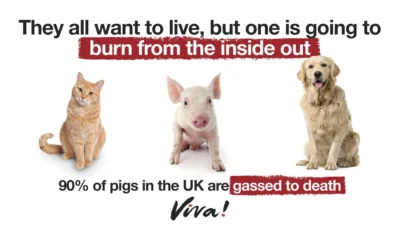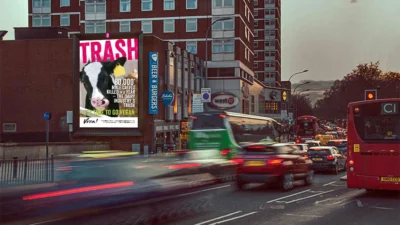Stroke

Cardiovascular disease (such as heart disease and stroke) occurs when there is a build-up of cholesterol deposits (plaques) on the inside walls of the arteries. These plaques can clog up the arteries making them narrower and restricting the blood flow in the same way that sewerage pipes get blocked when people pour animal fat down the plughole! Stroke occurs when the blood supply to a part of the brain is cut off, usually by a blockage resulting from artery plaques – this is called ischaemic stroke. In another scenario, a blood vessel in the brain bursts, causing bleeding into the brain – that’s called haemorrhagic stroke. Both types of stroke result in a part of the brain not receiving the blood supply it needs, which leads to a rapid loss of brain function and requires immediate medical care. Stroke symptoms may include loss of the ability to move and feel, usually on one side of the body, loss of speech, vision, inability to understand or react and dizziness. How much damage a stroke causes depends on how long brain cells remain without blood supply, the size of the affected area and the extent of the blood vessel blockage or damage. Some people recover fully, some partially, whilst for others a stroke can be fatal.
The main risk factors for stroke are high blood pressure, high cholesterol, diabetes, smoking, obesity, physical inactivity and poor nutrition.
The good news is that replacing meat and dairy foods with other, healthier plant-based sources of protein (beans, lentils, soya, chickpeas, nuts, seeds and wholegrain foods), cutting out eggs, and reducing sugar and salt intake dramatically lowers the risk of stroke.
Learn more about stroke and diet, and the prevention and treatment of cardiovascular disease through diet.
See our Nutrition News on the topic.
Find out what you need to eat each day.




